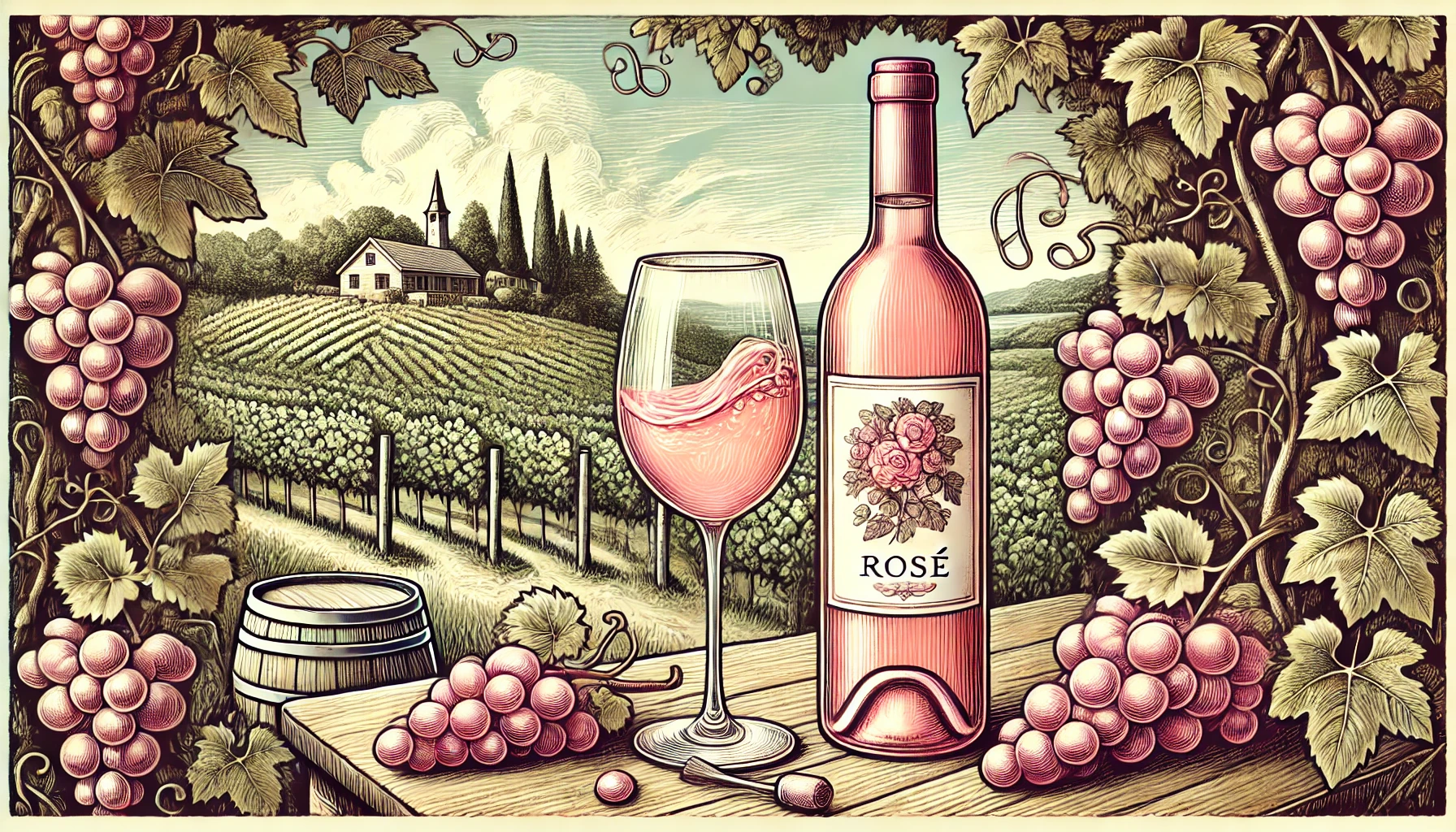
Rosé is a type of wine that has gained significant popularity, especially during warmer months. It gets its lovely pink hue from the short contact time between the grape juice and the skins of red grapes. This process, known as maceration, is what distinguishes Rosé from both red and white wines. Depending on the length of skin contact, Rosé wines can range from a very pale blush to a deep, almost crimson pink.
Rosé is made from various red grape varieties, including Grenache, Syrah, Pinot Noir, and Sangiovese. The choice of grape and the region of production significantly influence the flavor profile of the wine. Some Rosés offer bright notes of strawberry, raspberry, and cherry, while others lean toward citrus and floral flavors. This flexibility in flavor makes Rosé an ideal pairing for a wide range of dishes, from light salads to grilled seafood.
Refreshing Quality
One of Rosé’s main appeals is its refreshing quality. Its crisp acidity, light body, and fruity character make it a go-to wine during hot weather. Whether enjoyed by the pool, at a picnic, or with a casual dinner, Rosé offers versatility. You can find both still and sparkling versions. Some are dry and others slightly sweet, depending on where and how they are made.
Provence in France is famous for its dry Rosés, often considered the benchmark for this style of wine. However, Rosé production is widespread, with notable examples from Spain, Italy, and the United States. This wine is best when consumed fresh, usually within a year or two of bottling, as it doesn’t typically improve with age. Rosé remains a vibrant, accessible option for wine lovers who appreciate a burst of flavor in every sip.
Curious about more wine terms and insights? Visit our Wine Wiki section and explore the basic wine terms for expert definitions and tips!